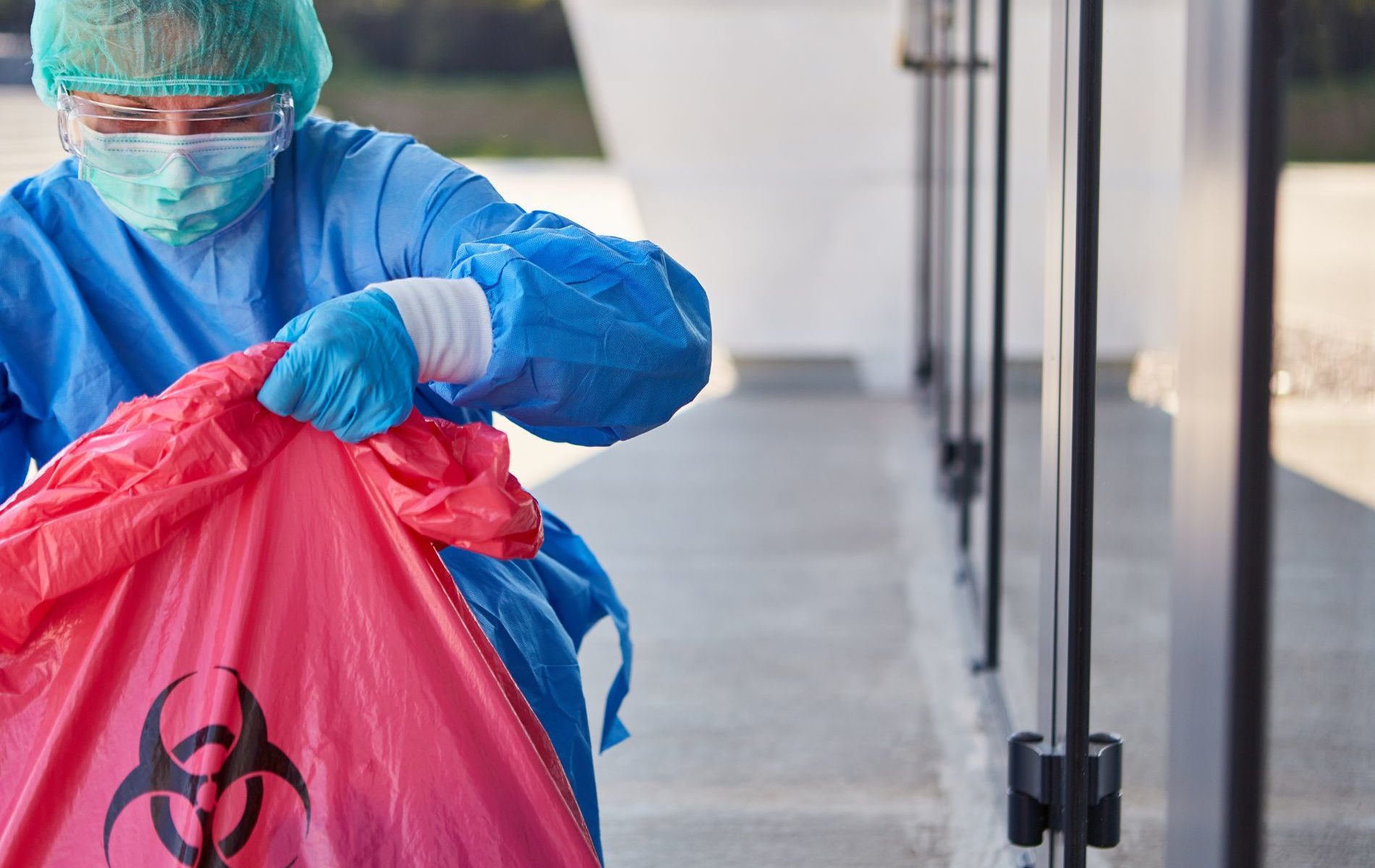What Does Reclaim Waste Mean?
What Does Reclaim Waste Mean?
Blog Article
The Only Guide for Reclaim Waste
Table of ContentsWhat Does Reclaim Waste Do?The 3-Minute Rule for Reclaim WasteThe Only Guide for Reclaim WasteExamine This Report on Reclaim WasteA Biased View of Reclaim Waste
Discover the types, events, and forms of fluid waste. Residential sewage waste describes the waste and items from a household septic storage tank. This sort of waste is created by people in homes, institutions, and other structures. This only includes sewage-disposal tanks that have a drainpipe field. The proper monitoring and disposal of domestic sewer waste require liquid waste to be transferred to a sewer treatment plant where the proper approaches and equipment are put on detoxify and throw away waste.
Business waste commonly consists of potential threats, such as flammable materials or a mix of fluid and solid waste items, and requires an advanced and thorough disposal procedure. The disposal of industrial waste generally includes the purification of waste before transportation to guarantee risk-free and appropriate disposal. Hazardous waste is created from by-products and runoff of industrial processes and manufacturing.
This type of waste can not use the same sewage administration transportation or procedures as septic or industrial liquids. The industrial waste management procedure calls for the examination and testing of fluid waste before it goes through the disposal process (industrial wastewater treatment). Overflow waste is the liquid waste that comes from runoff and excess stormwater in extremely booming areas or cities
Overflow waste can create contamination and flooding if not handled effectively. Making certain correct waste management can prevent calamities and decrease environmental harm.
The Ultimate Guide To Reclaim Waste
Call PROS Solutions today to learn more about our waste administration and disposal services and the proper means to care for the liquid waste you generate.
(https://www.awwwards.com/reclaimwaste1/)This so-called 'wastewater' is not only a vital resource yet, after treatment, will be released to our land, waterways or the sea. Made use of water from toilets, showers, baths, kitchen area sinks, washings and industrial processes is known as wastewater.

water used to cool equipment or clean plant and devices). Stormwater, a form of wastewater, is overflow that moves from farming and urban locations such as roofs, parks, gardens, roadways, paths and rain gutters right into stormwater drains pipes, after rain. Stormwater streams untreated straight to neighborhood creeks or rivers, at some point reaching the ocean.
A Biased View of Reclaim Waste
In Queensland, many wastewater is treated at sewage therapy plants. Wastewater is transferred from domestic or industrial websites via a system of drains and pump terminals, understood as sewerage reticulation, to a sewage therapy plant.
The visite site Department of Natural Resources encourages neighborhood governments concerning managing, operating and preserving sewerage systems and treatment plants. In unsewered locations, city governments might call for homeowners to set up individual or home sewage therapy systems to deal with domestic wastewater from toilets, kitchen areas, bathrooms and laundries. The Department of Natural Resources authorizes making use of household systems when they are proven to be reliable.
Most stormwater receives no treatment. In some new communities, therapy of some stormwater to eliminate trash, sand and gravel has actually begun utilizing gross contaminant traps. Wastewater treatment takes place in 4 phases: Eliminates solid matter. Bigger solids, such as plastics and other items wrongly released to sewage systems, are removed when wastewater is travelled through displays.
Uses tiny living microorganisms recognizes as micro-organisms to break down and remove continuing to be dissolved wastes and great particles. Micro-organisms and wastes are integrated in the sludge.
Fascination About Reclaim Waste
Nutrient elimination is not readily available at all sewage therapy plants because it requires pricey specialist tools. Clear liquid effluent created after therapy may still contain disease-causing micro-organisms - liquid waste disposal.

This normally implies wastewater has to be treated or impurities eliminated prior to it can be discharged to rivers. Many wastewater flows into the sewage system. Under the Act, city governments provide authorizations and permits for ecologically appropriate activities (Ages) entailing wastewater launches that might have a local impact. The division provides authorizations and permits to Periods including wastewater releases that may have a regional or statewide impact.
Everything about Reclaim Waste
Surveillance gives accurate information regarding water high quality and can confirm that licence problems are being fulfilled. The information gotten through surveillance supplies the basis for making water top quality decisions.
Report this page